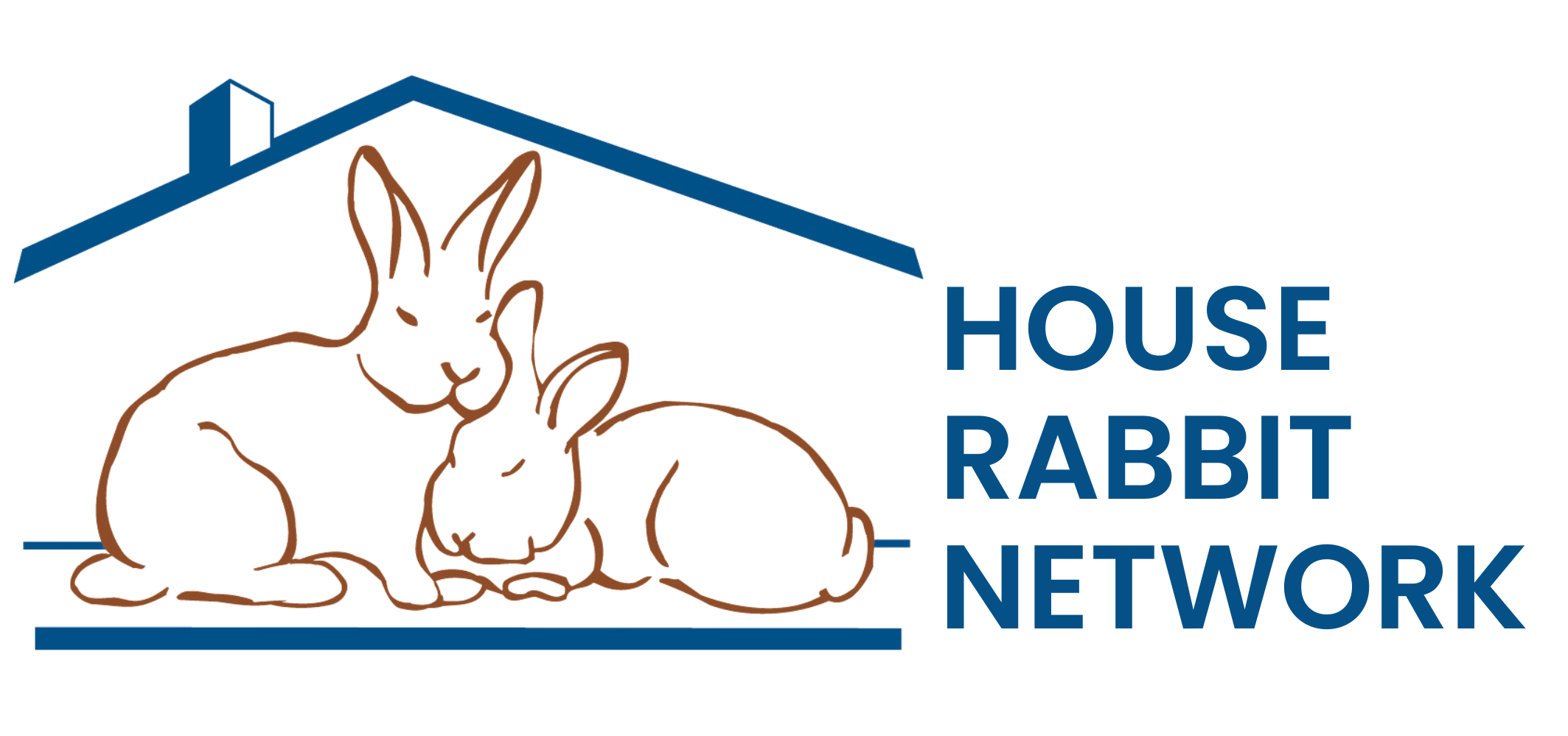Cow Pile Syndrome
By Gabby Savage
Cow pile (cow pat) syndrome isn’t a medically-recognized condition but rather a symptom of other illnesses. Cow pile feces are soft, voluminous, unformed rabbit droppings, often resembling a cow pile.
What causes cow pile syndrome? Plausible causes include but may not be limited to inappropriate diet, antibiotic use, bacterial changes, stress, parasites, and genetic predisposition such as megacolon.
First look is at diet; what do they eat? Many feeding guides for buns online promote the need for grass hay first, veggies second, pellets without the colorful bits third, and treats last, and of course always allow access to fresh water.
For the majority of rabbits, this diet guide followed in good proportions keeps our furry companions happy and healthy. If you’re not following this guideline, you may want to think about changing their diet up a bit. Some rabbits don’t tolerate treats, for some it’s pellets, and some need less greens, different greens, or no greens. But first and most important is the hay. More information on proper diet can be found on our website.
Sometimes we need to use antibiotics in our furry little friends for several reasons. Some rabbits take them in stride and never have an issue, while others, especially those on long-term use, experience a major upset to the bacteria in their gut killing off the good and allowing the bad to overgrow. The result is undesirable fecal output. In most cases, a probiotic can help get your rabbit’s gut back in order. Please discuss this with your rabbit-savvy vet if your furry companion is on an antibiotic. Stress isn’t anyone’s friend, and unfortunately for buns it can have a serious impact on their gut.
For some the result will be stasis, and for others it will be cow-pile-syndrome-type poop. For the latter, most can be helped by eliminating or at least reducing their stress. Cutting back to hay only for a few days until symptoms improve, and possibly the introduction of a probiotic, may be helpful. As always, check with your rabbit-savvy vet before making any drastic changes to your rabbit’s diet.
Our rabbits can sometimes fall victim to parasites, whether they come to us with them or pick them up at an outing, the best way to address parasites is to identify them. A fecal sample should be taken to your rabbit-savvy vet to determine what the parasite is, so they know what medication to prescribe to eradicate the parasite.
Some parasites will cause temporary side effects, and others, if they damage the intestinal tract, can lead to long-term-megacolon-like issues. The elusive megacolon is hard to get a definitive diagnosis on. Formed poops are often long ovals and oversized, often accompanied by soft voluminous, unformed fecal droppings, or fecal smearing or simply an oozing of liquid feces that leaves brownish spots where the rabbit sits. The above-mentioned issues can lead to temporary, or in some cases permanent, damage to the intestinal tract, creating megacolon. Therefore, addressing and fixing the issue as soon as possible is so important.
Unfortunately for some rabbits, megacolon is genetic, inherited due to En/En gene, also known as a double broken, or Charlie. What this means is they received a double copy of a recessive gene. What to look for: En/En rabbits are usually considered to have less than 10% of color markings, a few spots on their body, eye markings, a broken butterfly (nose marking that’s lopsided and doesn’t resemble a butterfly across the nose), a simple stripe of color down their back that may or may not be interrupted, or any combination of those markings. These help to identify the En/En gene, but some who are marked sparsely don’t always carry the En/En gene. The tricky part is albinos can also carry En/En genes. En/En gene is commonly found in breeds such as the English Spot, the Checkered Giant, the Blanc De Hotot, Lops, Rex Rabbits, Satins, and Rhinelanders, as well as any of those mixes.
What does this mean for your rabbit? If they’re having symptoms that appear to be megacolon, the chances are higher that it’s due to genetic inheritance than any of the other issues previously mentioned, but always rule them out first. Our En/En rabbits have two recessive genes, so some may be prone to chronically being ill and more susceptible to catching other illnesses.
Megacolon isn’t curable at this time, but in most cases, it’s manageable. It’s believed that congenital megacolon is caused by a malfunction or improper development of the colon/cecum, that causes an inability to properly draw the right nutrients into the body, leading to difficulty in maintaining a proper weight. Every megacolon rabbit is different, and what works for each can be different. One must remember to treat each rabbit as an individual.
Diet is trial and error, some can’t eat greens without excessive leakage from the rectum, others have difficulty with pellets, for some it’s the type of pellets. Often hay that’s too rich and green can also affect them in the same way. Once you find a feeding schedule and food that works for them, you don’t change it. Some may need dietary supplements, or motility drugs, and pain management when their megacolon flairs up.
Finding a rabbit-savvy vet who will help you treat your megacolon rabbit is key. Please remember that this article shouldn’t be considered medical advice and shouldn’t take the place of contacting your rabbit-savvy vet. There are so many things we have yet to understand about our rabbit companions, cow pile syndrome / megacolon is one of those mysteries. Some veterinarians are studying further into it, while others deny its existence. Finding the support of a good vet, and hopefully others who may share their lives with a furry companion that suffers the same ailment can help.
